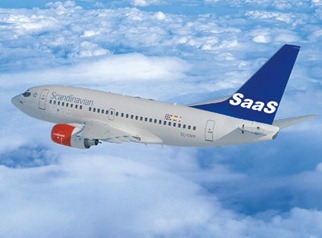 Fellow Enterprise Irregular Evangelos Simoudis is definitely worth following. As an active Venture Capitalist he often focuses on his portfolio experience – but through that micro-lense gives us an overview of the market, “The State of SaaS” per se, confirming / contradicting based on real life, real companies what many of us see as trends.
Fellow Enterprise Irregular Evangelos Simoudis is definitely worth following. As an active Venture Capitalist he often focuses on his portfolio experience – but through that micro-lense gives us an overview of the market, “The State of SaaS” per se, confirming / contradicting based on real life, real companies what many of us see as trends.
One such essay is Insight as a Service. It’s about what I called the “hidden business model enabled by SaaS” in 2006: using aggregated data for benchmarking. Four years later it’s no longer hidden, but a growing business with great future:
(Cross-posted @ CloudAve)

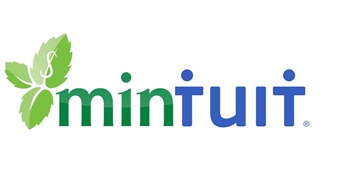
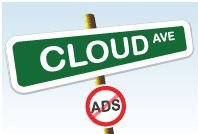 (OK, I sinned. Mea Culpa. I’ve just cross-posted an entire article, which is not the best behavior. But it’s not every day that I
(OK, I sinned. Mea Culpa. I’ve just cross-posted an entire article, which is not the best behavior. But it’s not every day that I  )
) P.S. The CloudAve platform is not exactly in nice order yet. It’s work-in-progress.
P.S. The CloudAve platform is not exactly in nice order yet. It’s work-in-progress. 
 I’ve repeatedly praised Web-based Invoicing service
I’ve repeatedly praised Web-based Invoicing service 
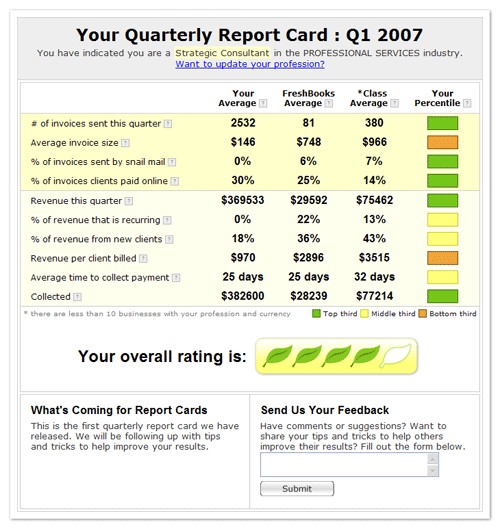
 :
: Yugma
Yugma
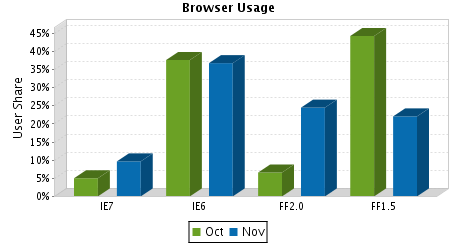
 ). Clearly, the majority of new IE7 users are not IE6 upgraders, they came from the Firefox camp.
). Clearly, the majority of new IE7 users are not IE6 upgraders, they came from the Firefox camp.
Recent Comments